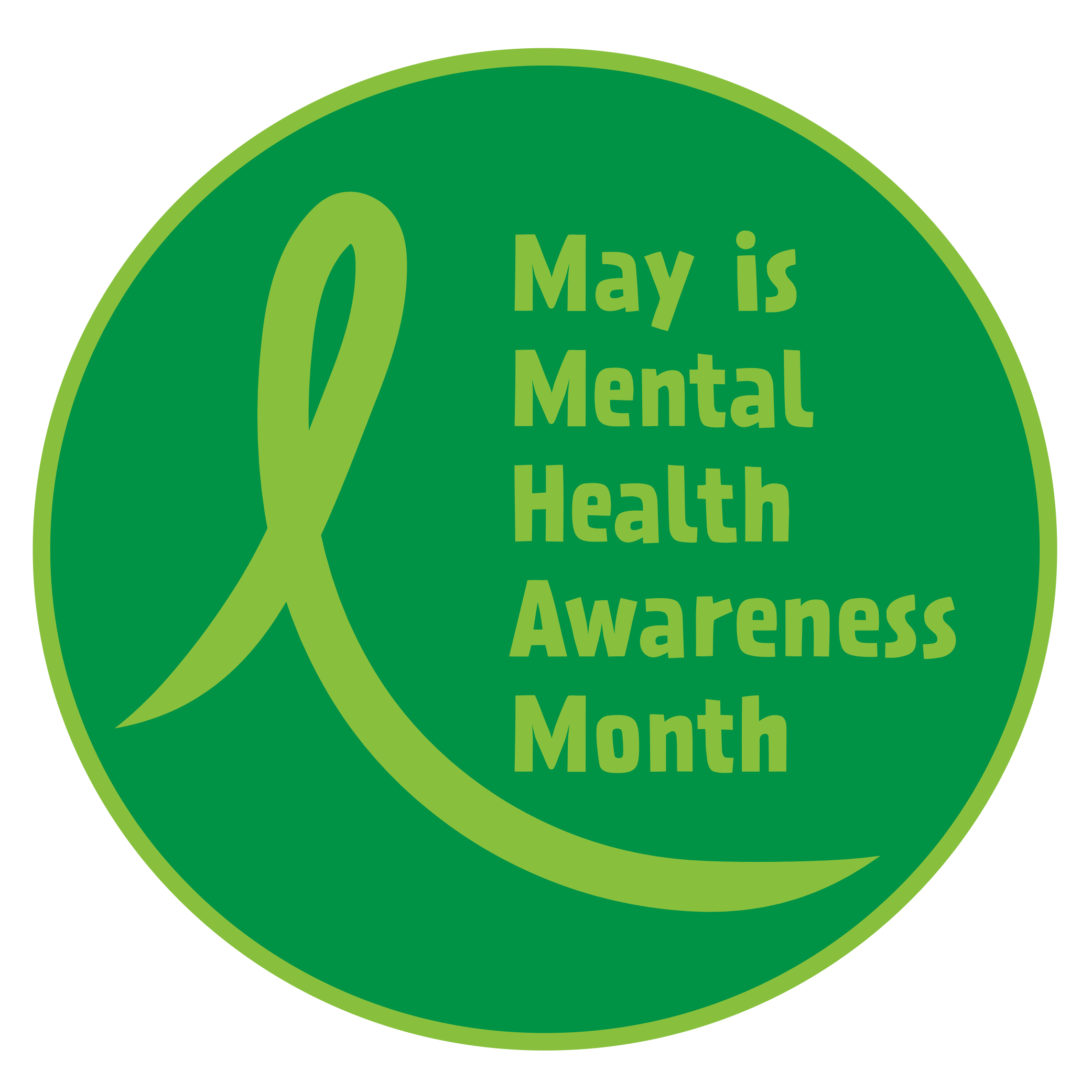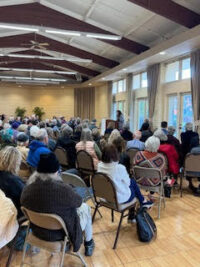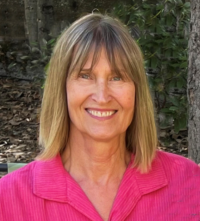By Supervisor Susan Gorin —
May is Mental Health Matters Month in Sonoma County. On May 2,, the Board of Supervisors met in a special all-day meeting organized by our Department of Health Services at the Finley Center in Santa Rosa to discuss mental health care needs in Sonoma County. The forum included county staff as well as behavioral health professionals working locally and was open to the public.
We’ve said it many times, but it always bears repeating: the last six years in Sonoma County have been hard. Catastrophic fires in 2017, 2019, and 2020; PG&E public safety power shutoffs (PSPS); flooding in 2019 and again this year in 2023; a global pandemic. Our county has experienced more than our fair share of devastating disasters that have undeniably taken a toll on our collective mental health. The recent meeting included panelists on the subjects of Substance Use Disorder Treatment Services and the Opioid Crisis, Mental Health and Wellness Needs, Crisis Services and Suicide Prevention, and Workforce Challenges and Solutions, highlighting the biggest gaps they see on the ground in their day-to-day work.
Sonoma County is a multilayered ecosystem of troubling conditions: a shortage of mental health professionals both currently working and in the education pipeline, a lack of funding across the spectrum, a rise of substance-use disorders and homelessness, and a crisis of loneliness.
Bringing stakeholders together from all corners of the county allowed us to compare notes on needs countywide and provide Health Services staff with information to prepare the Request for Proposals for Measure O funding. As a refresher, Measure O is a quarter-cent sales tax measure Sonoma County voters passed in November 2020 that will support funding for behavioral health facilities, emergency psychiatric services, mental health and substance use disorder outpatient services, behavioral health and homelessness care coordination, and transitional and permanent supportive housing.
While I recognize the needs in our county are vast and widespread, anyone who has heard me speak on this issue knows that I am particularly concerned about the needs of the Sonoma Valley. The Sonoma Valley can sometimes slip under the radar amongst county leaders – it is geographically isolated, home to several disadvantaged areas particularly in the unincorporated Springs, and is, in general, underserved by countywide resources centered in Santa Rosa and the 101 corridor.
Around this time last year, a collective of mental health service providers organized by the Hanna Center banded together to apply for American Rescue Plan Act funding to fill the gap of service needs in the Valley, and unfortunately did not receive any funding. I am grateful to several Sonoma Valley residents and experts who came to the meeting to echo our concerns for our underrepresented Valley.
In the Sonoma Valley, I have observed and heard from the community that our needs are most acutely concentrated in the experiences of our youth. In the First District at large, we have recently experienced the tragic stabbing at Montgomery High School, as well as safety concerns at Maria Carrillo and Sonoma Valley High Schools, and the loss of lives of young people to suicide. These have devastated our families, our students, our teachers, and our wider school communities.
While we are on high alert in response to the struggles of our youth, mental health crises are not limited to this group, but rather coalesce at many intersecting identities: our BIPOC community, the LGBTQI+ community, older adults, the unhoused and housing insecure, those struggling with substance abuse, among others.
My office organizes a monthly Sonoma Valley Mental Health Services meeting with Department of Health Services and the Behavioral Health Division as well as Sonoma Valley community-based organizations and mental health providers. We discuss and identify needs, gaps, and opportunities for funding, services, and partnerships. I am grateful for these organizations and their staff who dedicate their time, and who find ways to collaborate amongst one another to best serve Sonoma Valley residents and their unique needs.
At the end of May, Hanna Center will officially launch a mental health hub where the collective of Sonoma Valley providers’ services will be based. The idea for a hub was born from a critical need for more accessible, affordable, and culturally responsive mental-health services for individuals and communities grappling with the effects of trauma and adverse childhood experiences.
Additionally, my office has been meeting and working with General Services and county departments to open a Regional County Hub in Sonoma Valley. Ideally this site would bring county services to offer behavioral health, eligibility services, WIC, and other essential services to our unincorporated residents and underserved populations in one physical location, and I hope to share more information on this soon. These services coming online in the Valley, the collaboration amongst county departments and community organizations, and the energy and urgency exhibited this monthhave all given me hope. I am sure we will continue to build on this hope, but we have a great start.
As was made clear at the Supervisors forum, everyone has either struggled, or is close to someone like a friend or family member who has struggled with mental health issues. Solutions are not one size fits all, which is why collaboration is key to ensuring the best possible outcomes for our community.
Susan Gorin represents Sonoma Valley and District 1 on the Sonoma County Board of Supervisors.








Be First to Comment